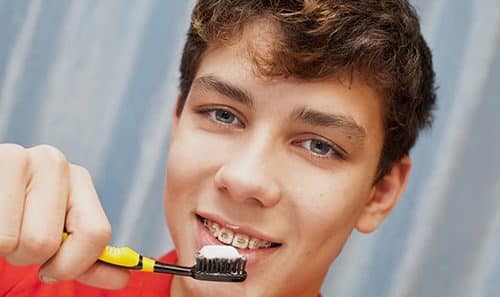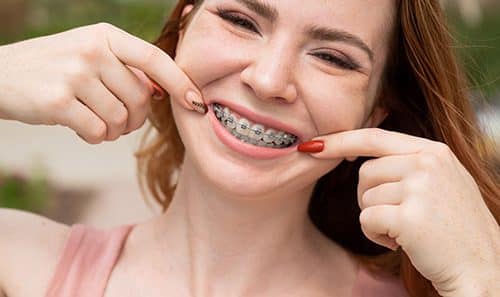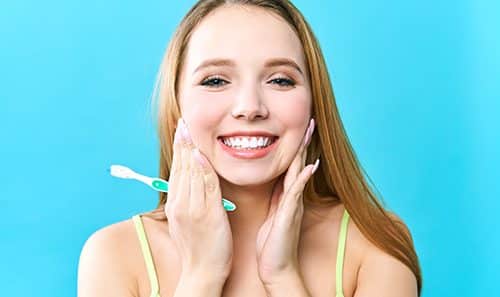
Your Sunny Smile
Your beaming smile makes a sunny day even brighter—and that sunny day can return the favor!…

Bells and Whistles for Your Bristles?
Modern dentistry has made the most of today’s technological innovations. And we’ve come a long way…

Are you too sensitive?
We’re not talking about tearing up at the end of a sad movie, or that uncomfortable…

Three Reasons We’re Fans of Fluoride
Why all the fuss about fluoride? Your dentist recommends it, your toothpaste is formulated with it,…

If You Love Us, Let Us Know!
Your feedback is very important to us at Crichigno Orthodontics. We always want to make sure…

Snacks that are Healthy for Your Body and Your Braces
You know the school day’s over when you hear these seven little words: “I’m home! Is…

Witch Halloween Treats Are Trickiest for Your Teeth and Braces?
It’s that time of year again—Halloween! Carving pumpkins. Creating costumes. And, of course, collecting candy. But…

Spacing Out
One of the most common reasons for getting braces is because there’s just not enough room…

Is orthodontic treatment just for straightening teeth?
A lot of patients ask us why Dr. Nicola Crichigno and our team at Crichigno Orthodontics…

Five Clues That It’s Time to Replace Your Toothbrush
Your dashboard lights up when your car needs an oil change. Your family smoke detector beeps…


